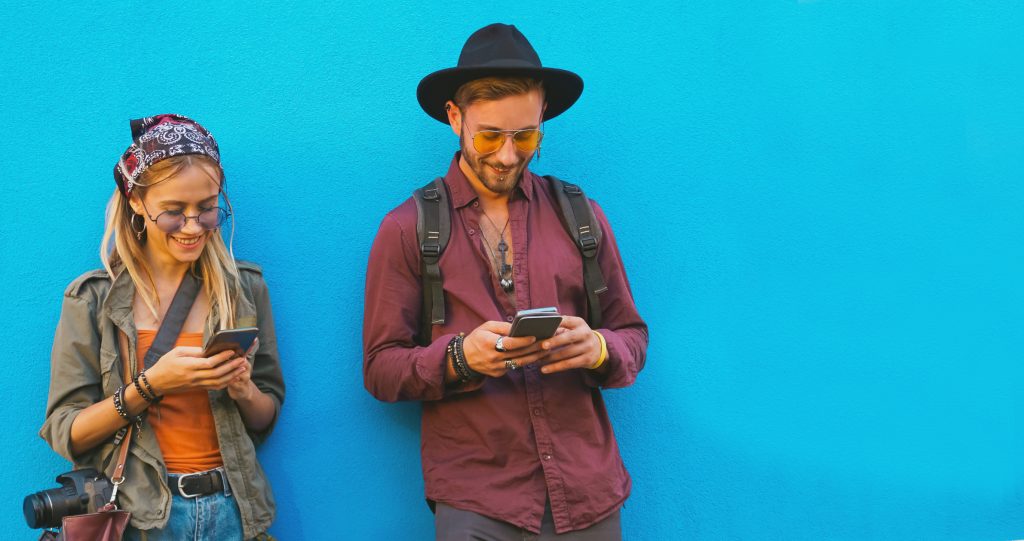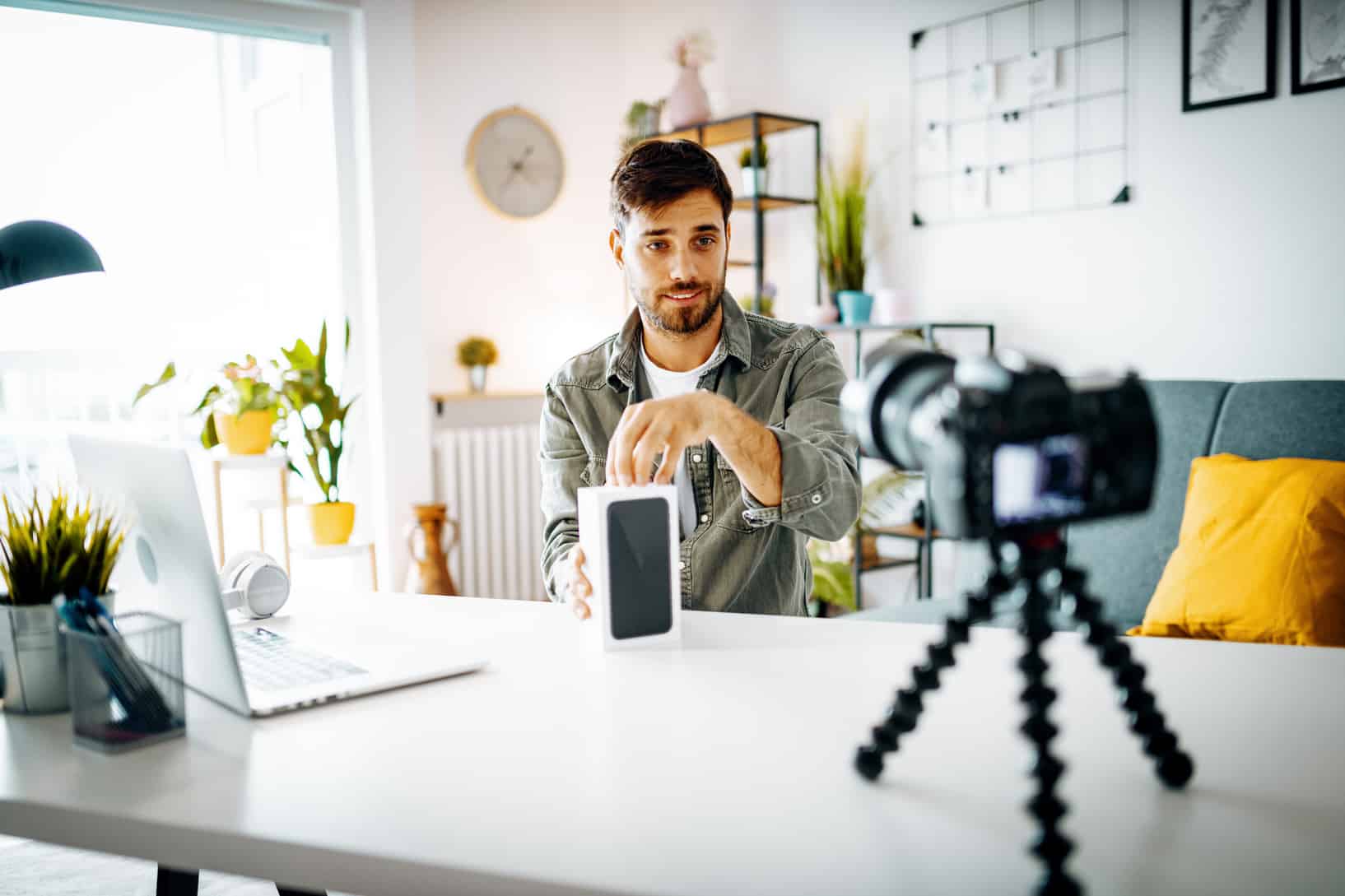THE ART OF GIFTING TO INFLUENCERS


I think we can safely say spring has sprung, and with that, what better time to discuss seeding (also known as product placement)?
The key purpose of sending influential people (influencers) gifts is to build brand loyalty. Sending product is more than just a gift; it’s a demonstration of the feelings your brand evokes. Gift-giving is a way to invest in a relationship. It’s a social lubricant, a conversation starter, and a way to celebrate.
The theory is that placing your product into the hands of an influencer who is likely to enjoy it results in genuine, relatable content that the influencer’s community will trust, find engaging, and memorable.
During my days in London from 2010 – 2016, I ran a “cool” (their words) fashion and arts publication. On a weekly basis, product was delivered to my desk: the latest sneakers, clothing, bottles of alcohol, sunglasses, concert tickets, the list goes on. Product is product at the end of the day – looking back, the gifts that stand out the most are those that were in some way personalized, thereby creating an experience.

I always advise brands to type or handwrite a personal letter to the receiver of the gift. Unlike today’s digital communication, letter writing isn’t instant. It time travels from the past; there’s no buzz notification. It’s often a welcome surprise.
Gifting builds relationships. The benefits of gifting to influencers include brand alignment, brand loyalty, and reaching new consumers.
Recently, I’ve been working on seeding products to influencers for Perrier and Iffley Road. From this, I’ve compiled some tips for how best to approach gifting, always starting with a plan in place to be truly effective.
- Identify your influencers: Take the time to identify the influencers who align best with your brand, usually people who would naturally use your brand’s product, or similar ones, in their everyday life.
- Get to know the influencer: Get to know the influencer, the type of content they post, their medium of choice. Perhaps they’re journalists for the Wall Street Journal or TikTok stars. Understand the type of content they produce, so you can prepare the most authentic approach.
- Connect authentically: Authentic influencers don’t want to be sold to, and they definitely don’t want to be bombarded by brands that 1) they may not have heard of before, and 2) know nothing about them. Demonstrate that you’ve done your homework and connect with the influencer’s content.
- The Gift: Some influencers receive gifts on a weekly basis. It’s polite, and recommended, to ask first. You may think that anyone would want your product for free, but it’s best to ask first. Sometimes it works well to have the influencer make a selection from a range of gift product available; this allows them to feel engaged and involved in the process. If you have one specific campaign product to send, that’s fine – but send a personalized note.
- Delivery: How the gift is reaching your influencer is crucial, as this adds to the brand value. If the gift arrives in shoddy packaging – what message is this sending? If possible, time the delivery to arrive at an appropriate hour.
- Patience: Don’t be pushy. The most successful relationships happen when brands don’t immediately ask for anything in return. Give the influencers time to create their own thoughts, and organically fall in love with the product.
- Grow the relationship: Over time, continue to build a relationship with the influencer after sending a gift. Do not just send it and forget it. Follow up after a bit of time has passed. Ask how it’s working for them or if they have questions. Ask what content they’re working on. Be natural and create a genuine, positive exchange. Keep the conversation flowing.
- Content: Subtly ask for content, but only once the relationship develops. There’s no need to ask for mentions or tags right away. Any post with a visible product is precious to a brand. If you invested the time to nurture the relationship, the influencer should be ready and willing to give you recommendations, tags, or mentions without being asked.
- Ongoing Partnerships: Once the influencer has published content about the brand, this could lead to an ongoing relationship, and perhaps diffusion lines, collaborations, affiliate links and brand mentions.
- Research: Seeding is also great for research. These influencers might not have huge followings on social media, but their knowledge could be integral for brand development – those who influence the influential.
—
Heather Falconer is the founder of Falconer Agency, a communications agency specializing in supporting British brands in the U.S., and Hatchers – a think tank uniting the arts, sciences, and technology. She can be reached at hello@heatherfalconer.com.


